This tasty and very common mushroom can give a small amount of people gastric upsets so should be tried in small amounts the first time it is eaten. It should always be cooked before consumption.
Home / Mushroom Guide /
Honey Fungus
Honey Fungus
| Mushroom Type | |
| Common Names |
Honey Fungus (EN), Bootlace Fungus, Ffwng Melog (CY), Opieńka Miodowa Właściwa (PL), Gyűrűs Tuskógomba (HU) |
| Scientific Name |
Armillaria mellea |
| Season Start |
Sep |
| Season End |
Nov |
| Average Mushroom height (CM) |
8-14 |
| Average Cap width (CM) |
5-12 |
Please note that each and every mushroom you come across may vary in appearance to these photos.
Cap
5-12 cm. Conical when young, then convex, then flattening and even having upturned edges. Honey coloured, ochre or brown with a darker slight umbo and sometimes concentric circles of darker scales.
Gills
Crowded. Adnate to slightly decurrent. Gills start white turning yellow to brown and often darker.
Stem
8-14 cm long, 0.5-1.5 cm diameter. The chunky Honey fungus has a fairly thick, scaly, white to yellow brown stem which is usually bulbous at the base. The slender fungus is thinner, generally smoother and tapers towards the base and can be white to yellow to red/brown.
Skirt
Superior. The ring is usually very high on the stem and can appear as a double ring with chrome yellow edges.
Habitat
Growing in large clusters on deciduous trunks, stumps or dead wood but can also be found in grass as the rhizomorphs spread looking for more trees to infect.
Possible Confusion
Galerina marginata, pictured, can look similar but is darker and has a distinct smell which is not mushroomy. Care should be taken with the identification of this fungi as Galerina marginata is also called The Funeral Bell.
The Shaggy Scalycap (Pholiota squarrosa) can look similar but has brown spores and has much more pronounced scales on the cap as well as scales on the stem which the Honey Fungus doesn’t have.
Spore Print
White to pale cream. Ellipsoid.
Taste / Smell
Good and found in large numbers. Must be cooked before consumption but can still cause slight gastric upsets in a small number of people.
Frequency
Very common.
Other Facts
This mushroom is responsible for killing many trees and the rhizomorphs or ‘bootlaces’ can usually be found under the clusters of fungi and surrounding bark. Unlike most mushrooms this fungi can live on its host tree alive or dead and can spread under ground easily and ends up killing its host.
Armillaria do not grow from spores very easily.
An Armillaria has formed what is thought to be the largest living single organism on the planet and has been reported at 3.4 square miles in size and thousands of years old.



 (118 votes, average: 3.69 out of 5)
(118 votes, average: 3.69 out of 5)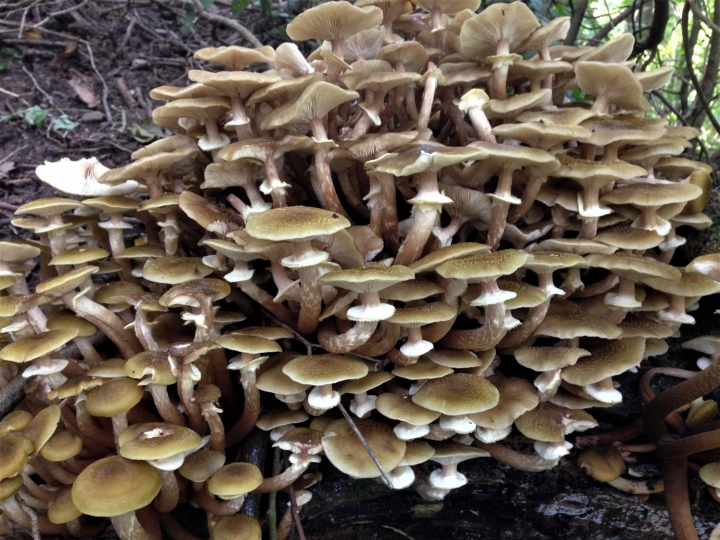
















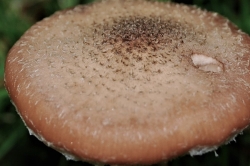
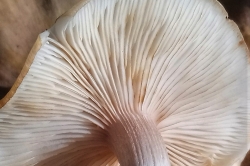
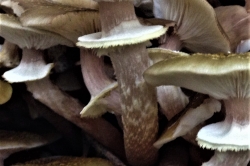
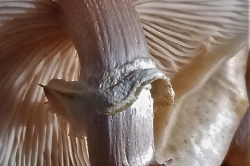
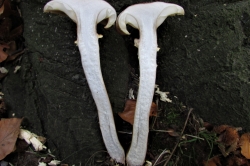
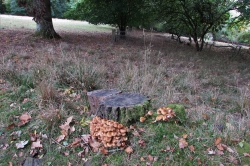
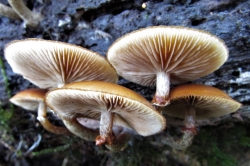
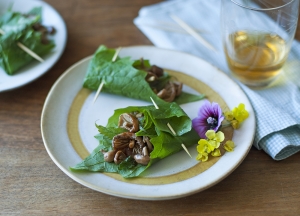
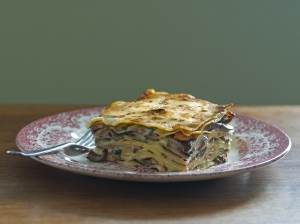
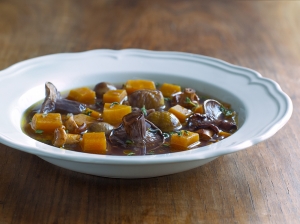
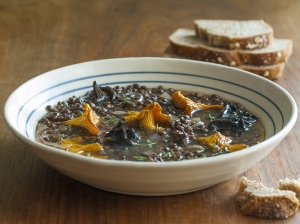
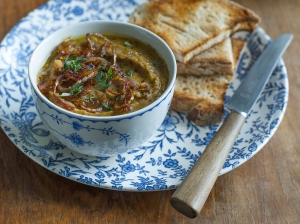
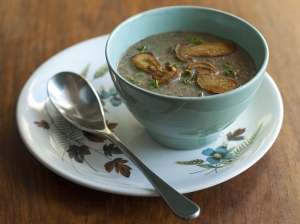






Leave a Reply